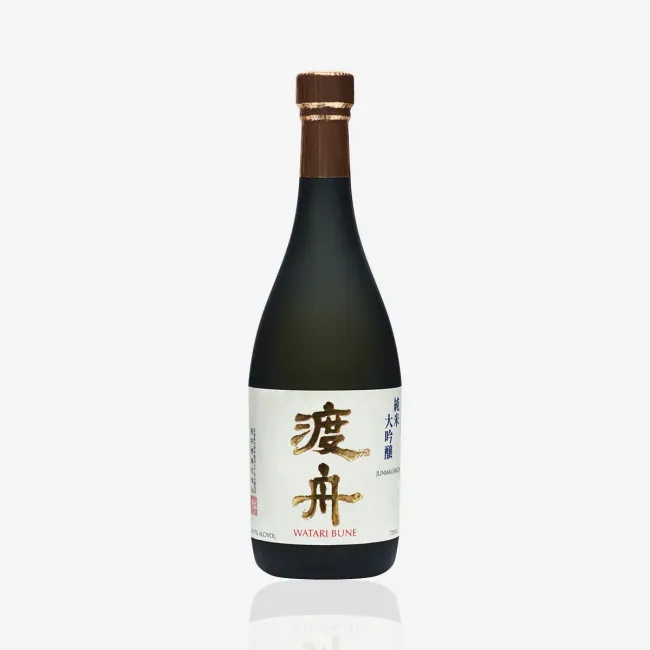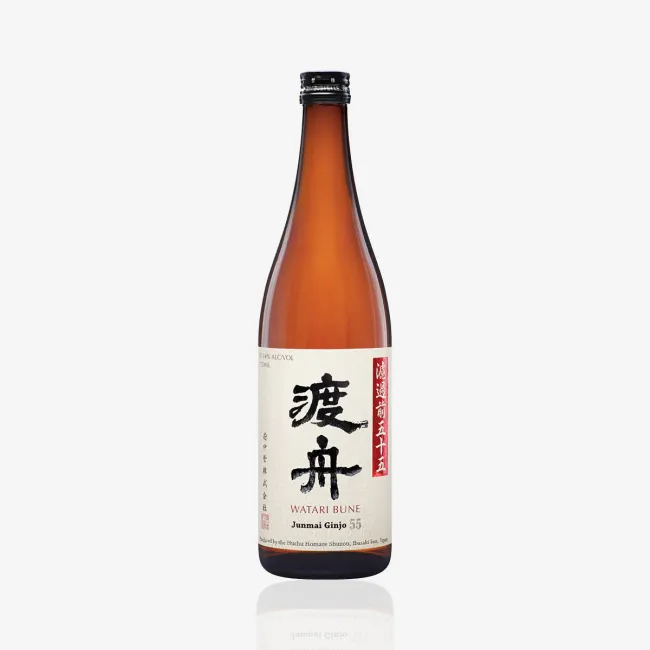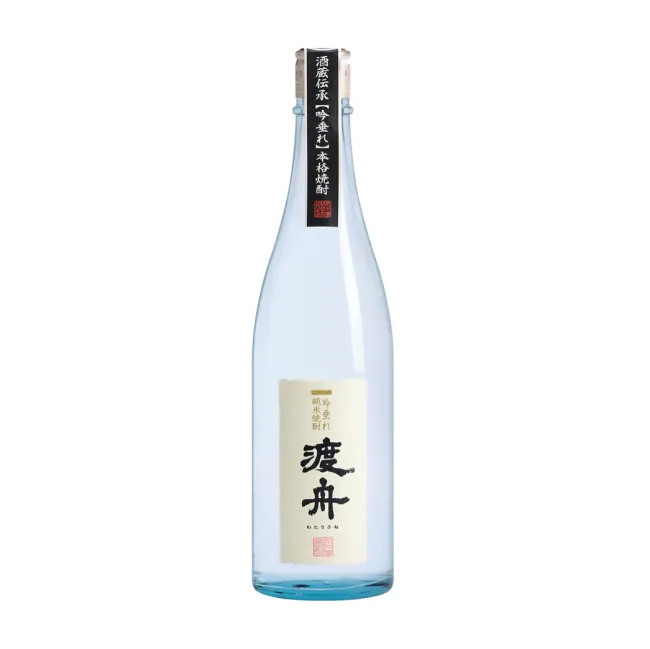
Story
The Huchu Homare Brewery is located in the town of Ishioka, in Ibaraki prefecture, just an hour from Tokyo by train. Hundreds of years ago, Ishioka was the capital, or huchu, of Ibaraki. The Huchu’s cherished spring water was called Huchu Rokui. Medium soft and iron-free, it is perfect for brewing sake. When the first generation Yamauchi founded the brewery in 1854, he named it Huchu Homare or “Pride of Huchu” to celebrate the history of Ishioka and its water. Today, the brewery is a national cultural landmark, producing just twelve thousand cases of sake per year.
Watari Bune, the rice used to make this sake, is one of the only pure strains of sake rice being used today. It is also the father strain to the most celebrated sake rice, Yamada Nishiki, with Yamadaho as its mother. Most people think Omachi rice was a parent strain to Yamada Nishiki, but it was actually Watari Bune, which had gone out of use for fifty some-odd years, until this brewery revived it.
The owner of the Huchu Homare Brewery, Takaaki Yamauchi learned about Watari Bune from an old farmer who had grown this rice. From the Meiji (1868-1912) to early Showa (1926-1988) periods, Watari Bune was highly valued. However, because the “ear” of the rice plant grew tall and it required late harvest, in late October (most sake rice is harvested in mid-September), Watari Bune could easily be damaged by typhoons before it was ready. The length of the season also made it more susceptible to hungry insects. As a result, Watari Bune fell out of use.
Gallery







